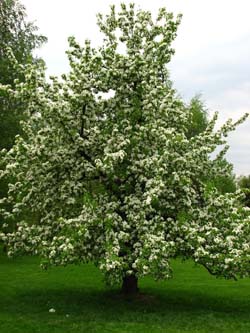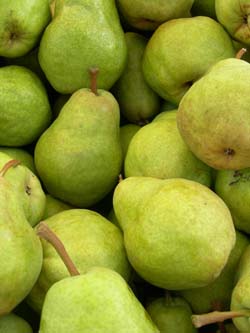When should I plant pear trees?
Plant pear trees in a location with full sun and well drained soil. Avoid low lying areas so frost pockets will not damage trees, flowers or fruit. If trees are planted too close to the south or west side of a building, they can also bloom early in the spring and be damaged by frost.
What should be considered when planting?
Most pears should be planted using two different varieties to insure cross-pollination. Pear blossoms have a short season. The small amount of nectar produced by the trees is not attractive to bees, so twice as many bees are needed for good pollination, compared to other fruit trees.
What insects are bad for pear trees?
Only a few insects plague pears. To control pear psyllas, reported in western Colorado, Fremont County and the Fort Collins area, spray trees with permethrin when pear psyllas begin egg laying, usually the first to second week of March. Where psyllas are not a problem, oil and bifenthrin can control scale insects, aphids and mites when applied as a dormant spray.
What diseases do I need to watch for?

Pears are susceptible to fireblight disease. Resistant varieties include Magness, Ayers and Honey Sweet. Moderately resistant varieties include Douglas, Kieffer, Dawn and Anjou. Varieties that should be avoided where fireblight is a problem are Bartlett, Clapp’s Favorite, Bosc, Comice, Red Bartlett, Aurora and Starkrimson.
For “Aphids” refer to message number 1402.
For “Bees & Pollination” refer to message number 1404.
For “Fireblight” refer to message number 1411.
For more information, see the following Colorado State University Extension fact sheet(s).
- The Science of Planting Trees
- Pollination of Tree Fruits
- Backyard Orchard: Apples and Pears
- Fire Blight
- Pear Slugs



